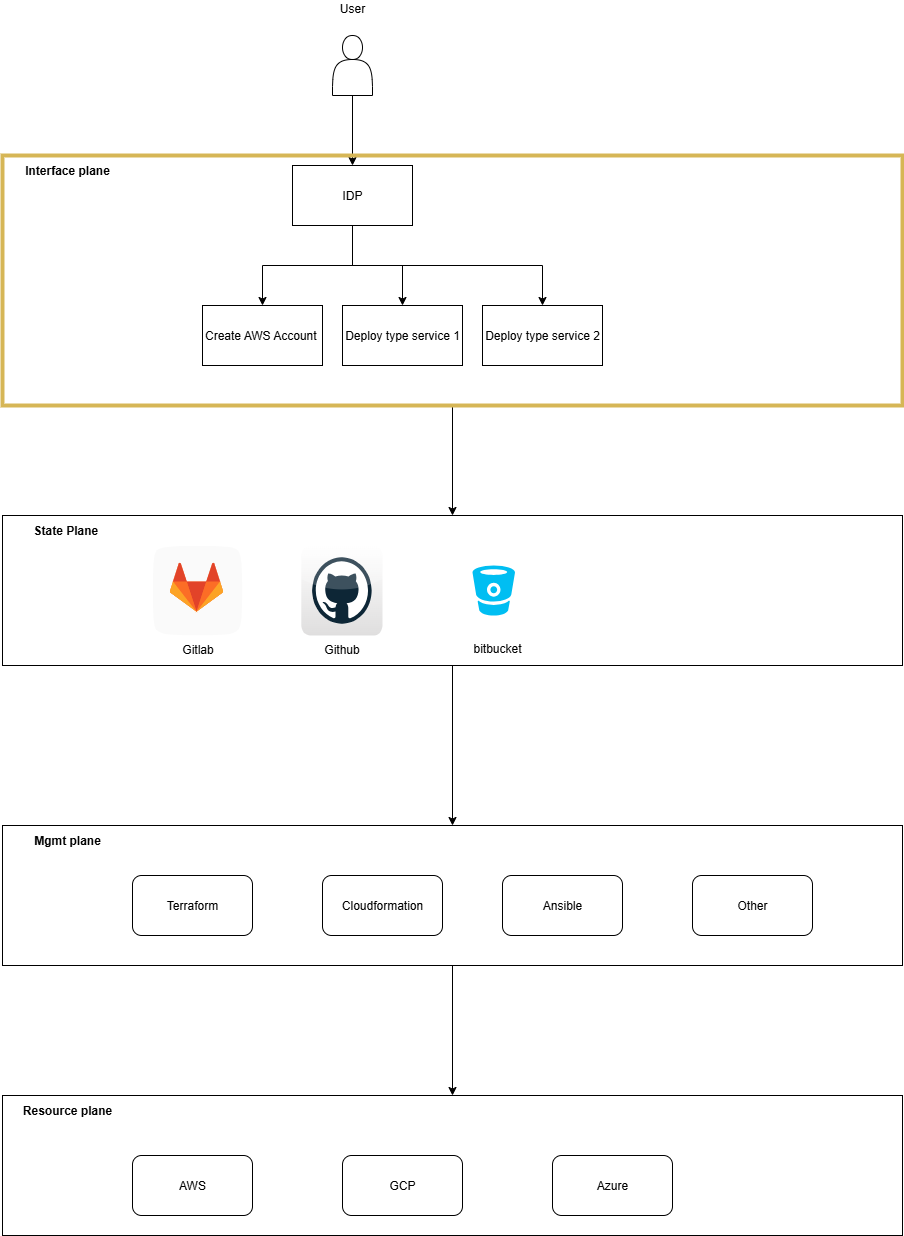Platform Engineering with Backstage: Building Developer Portals at Scale
Discover how Backstage transforms platform engineering by providing a unified developer portal that streamlines service management, documentation, and developer experience.
Imagine walking into your office and instead of juggling 15 different tools to deploy a simple service, you have one beautiful dashboard that handles everything. That's the power of platform engineering with Backstage.
The Developer Productivity Crisis
Let's be honest – modern software development is overwhelming. Developers spend more time figuring out how to deploy code than actually writing it. Between Kubernetes configs, CI/CD pipelines, monitoring dashboards, and documentation scattered across wikis, it's no wonder developer productivity is suffering.
This is where platform engineering comes to the rescue. Think of it as building an internal "app store" for developers – a place where they can easily discover services, spin up new projects, and access everything they need without the headache.
Meet Backstage: Your Developer's Best Friend
Backstage started at Spotify when their engineers were drowning in complexity. They built an internal developer portal that became so successful, they open-sourced it for the world. Now companies like Netflix, American Airlines, and Expedia use it to supercharge their development teams.
Here's what makes Backstage special:
- 🔍 Service Discovery: Find any service in your organization instantly
- 📚 Unified Documentation: All your docs in one searchable place
- 🚀 One-Click Deployments: Create new services with pre-built templates
- 📊 Health Monitoring: See the status of all your services at a glance
How Backstage Actually Works
Think of Backstage as three main parts working together seamlessly:

🎨 The Frontend
A beautiful React-based interface that feels like using your favorite consumer app. No more ugly internal tools!
⚙️ The Backend
A powerful Node.js API that connects to all your existing tools – GitHub, Jenkins, AWS, you name it.
🗄️ The Database
PostgreSQL stores all your service information, making everything searchable and organized.
The Magic: Core Components That Change Everything
📋 Software Catalog: Your Service Directory
Remember the last time you tried to find who owns a particular microservice? The Software Catalog solves this forever. It's like a phone book for your entire tech stack – every service, library, and data pipeline with clear ownership and dependencies.
🏗️ Software Templates: Netflix-Level Automation
Want to create a new microservice? Instead of copying and pasting from that "template" repository (we've all been there), click a button and get:
- ✅ Fully configured code repository
- ✅ CI/CD pipeline ready to go
- ✅ Monitoring and alerting set up
- ✅ Documentation automatically generated
📖 TechDocs: Documentation That Developers Actually Use
Docs live right next to your code and update automatically. No more outdated wikis or "I'll document it later" promises.
Real Results: What Teams Are Seeing
🚀 Speed Improvements
- 70% faster new service creation
- 50% reduction in time spent on operational tasks
- 90% fewer "how do I deploy this?" questions
😊 Developer Happiness
- Developers spend more time coding, less time on tooling
- New team members onboard in days, not weeks
- Consistent patterns across all teams
Your Backstage Journey: Start Smart
Week 1-2: The Foundation
Don't try to boil the ocean. Start by importing your existing services into the catalog. Just having a searchable directory of "what exists" is already valuable.
Week 3-4: First Template
Create one simple template – maybe a basic REST API. Watch your team's eyes light up when they can spin up a new service in 30 seconds.
Month 2+: Integration Magic
Connect your existing tools one by one. GitHub for code, Jenkins for builds, Datadog for monitoring. Each integration makes the platform more powerful.
Pro Tips from the Trenches
💡 Golden Rule: If it doesn't make developers' lives easier, don't build it. Platform engineering is about reducing friction, not adding features.
🎯 Start with Pain: What's the biggest developer complaint? Slow deployments? Hard-to-find documentation? Solve that first.
🔄 Iterate Fast: Release early, get feedback, improve. Your platform is a product – treat it like one.
Ready to Transform Your Development Experience?
Platform engineering with Backstage isn't just about tools – it's about creating an environment where developers can do their best work. When you remove the friction from software delivery, amazing things happen.
The companies winning in today's market aren't just building great products – they're building great platforms that help them build great products faster. Backstage gives you that competitive edge.
Your developers will thank you. Your business will thank you. And you'll wonder why you waited so long to get started.